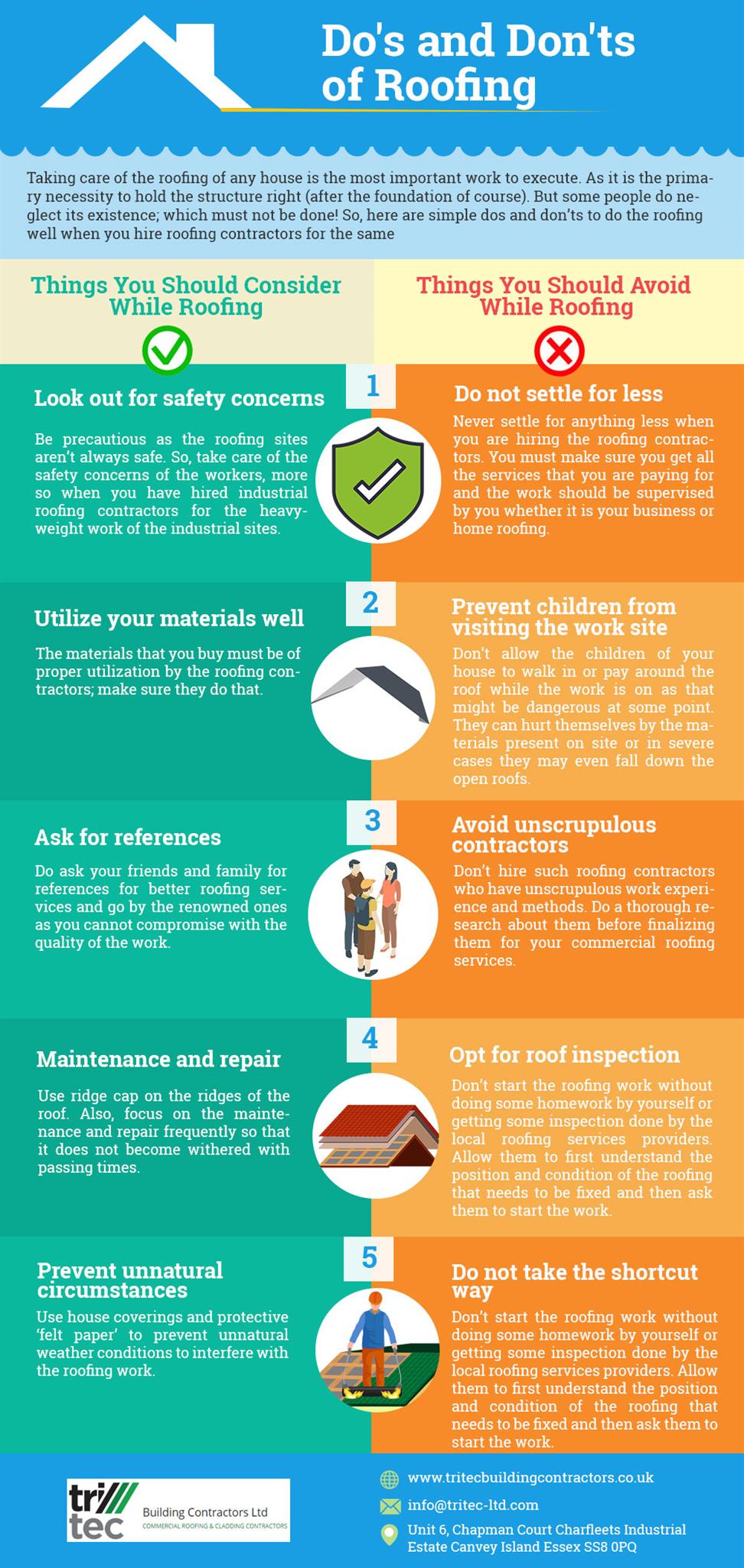Neglecting Roof Covering Ventilation Can Lead To Expensive Damages; Find Out The Key Elements That Guarantee An Effective Installment And Safeguard Your Financial Investment
Neglecting Roof Covering Ventilation Can Lead To Expensive Damages; Find Out The Key Elements That Guarantee An Effective Installment And Safeguard Your Financial Investment
Blog Article
Article Author-Gundersen Walls
When you're dealing with a roof project, you may not believe much regarding roof ventilation, however it's even more crucial than you understand. Reliable ventilation assists regulate temperature level and wetness in your attic, avoiding issues like mold and architectural damage. By understanding how to design and install a balanced ventilation system, you can enhance power effectiveness and prolong the life expectancy of your roofing products. So, what are the vital factors to think about during installation that can make all the distinction?
Importance of Roofing Air Flow
Roof covering ventilation plays a crucial duty in maintaining the general wellness of your home. By allowing fresh air to distribute through your attic, it helps control temperature and wetness degrees. This balance is essential to stop heat buildup throughout hot months, which can bring about raised energy costs as your a/c works overtime.
Furthermore, appropriate ventilation dramatically lowers the danger of moisture-related problems like mold and mildew and mildew. If moisture degrees climb, your home's architectural honesty can be compromised, leading to expensive fixings. You would not want to handle decaying wood or deformed roof products, right?
In addition, appropriate ventilation prolongs the life-span of your roofing system. When heat and dampness are kept in check, your roof can execute ideally, stopping early damage. This means fewer migraines and expenditures down the line.
Just How Roof Covering Ventilation Works
Efficient roof air flow relies upon the natural activity of air to create an equilibrium in between intake and exhaust. When you set up vents, you're essentially allowing fresh air to enter your attic while making it possible for warm, stagnant air to run away. flooring contractors in san antonio helps regulate temperature and wetness levels, avoiding concerns like mold growth and roof damages.
Intake vents, generally found at the eaves, attract trendy air from outside. On the other hand, exhaust vents, situated near the ridge of the roofing system, let hot air rise and departure. The distinction in temperature level develops an all-natural airflow, called the pile effect. As warm air rises, it creates a vacuum cleaner that pulls in cooler air from the lower vents.
To maximize this system, you need to guarantee that the consumption and exhaust vents are properly sized and placed. If the consumption is restricted, you won't achieve the wanted ventilation.
Furthermore, not enough exhaust can trap warmth and moisture, causing potential damage.
Trick Installation Considerations
When mounting roofing air flow, a number of crucial considerations can make or damage your system's performance. Initially, you require to assess your roofing system's design. The pitch, shape, and products all affect airflow and air flow choice. See to it to select vents that suit your roof covering type and local environment problems.
Next off, consider official source of your vents. Ideally, you'll want a well balanced system with consumption and exhaust vents placed for optimal airflow. Area consumption vents low on the roofing and exhaust vents near the height to urge an all-natural circulation of air. This configuration helps stop wetness buildup and promotes power effectiveness.
Do not forget about insulation. Correct insulation in your attic protects against warmth from getting away and maintains your home comfortable. Make sure that insulation does not obstruct your vents, as this can hinder air movement.
Last but not least, think of maintenance. Select ventilation systems that are easy to access for cleaning and inspection. Normal upkeep guarantees your system continues to operate effectively gradually.
Final thought
To conclude, roofing system ventilation is essential for a successful installation. By making sure appropriate airflow, you can protect against warm build-up and dampness issues that bring about costly damage. When you purposefully position intake and exhaust vents, you improve energy efficiency and prolong the life-span of your roofing system. Keep in mind, a well-ventilated roofing not only shields your investment yet likewise enhances your interior air top quality. So, focus on ventilation to make certain a resistant and economical roofing system for your home.
